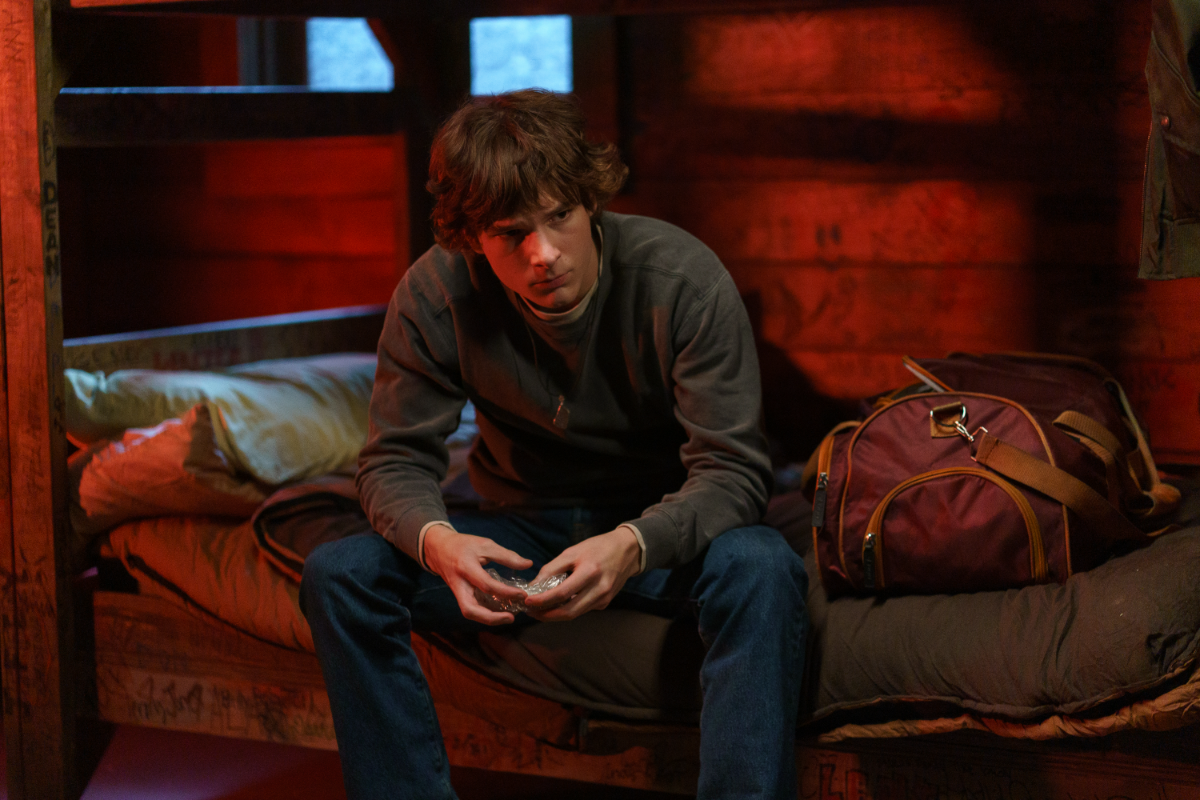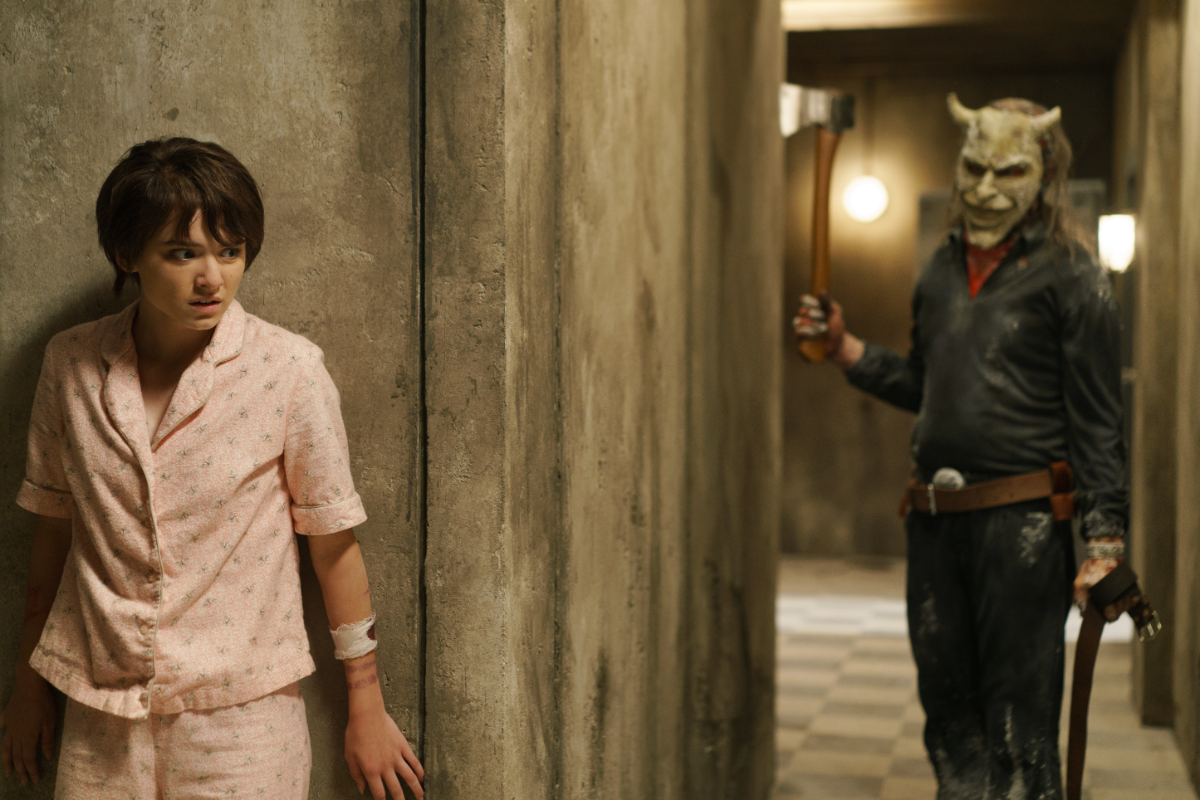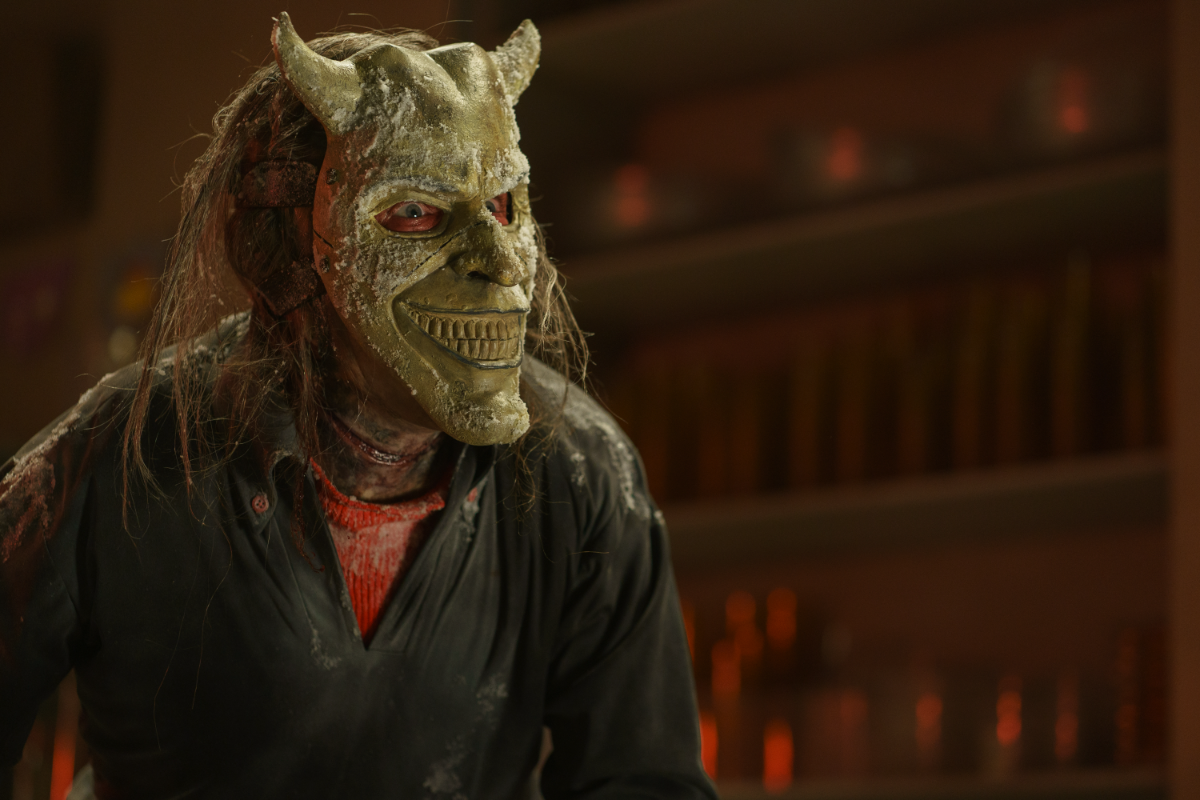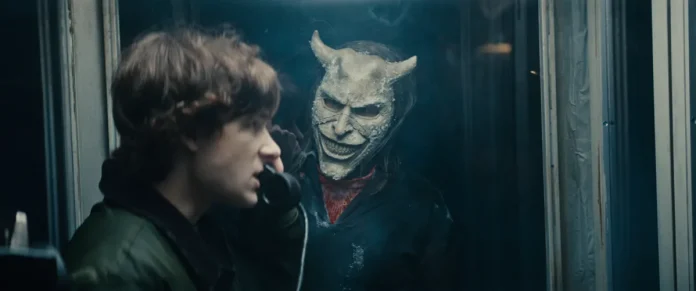SCOTT Derrickson’s Black Phone 2 moves from the dim streets of suburbia to the isolated grounds of Camp Alpine Lake, a snow-covered summer camp frozen in time.
The shift in setting gives the sequel a fresh visual identity, but the story itself feels too eager to explain everything.
Instead of the quiet tension and ambiguity that defined the first film, this instalment leans on heavy exposition, spelling out backstories and motivations that might have been better left to the imagination. If the first film grounded its horror in the realism of random suburban kidnappings, this sequel leans more heavily into the supernatural, blurring the line between the living and the dead.

The sequel sees the return of Mason Thames as Finn “Finney” Blake, the Grabber’s only known survivor, and Madeleine McGraw as his psychic younger sister Gwen, who now takes a more central role. Ethan Hawke reprises his chilling role as The Grabber, the masked serial killer who was previously killed by Finney.
Joining the cast are Demian Bichir as Armando, the stern supervisor of Camp Alpine Lake, and Jeremy Davies as Terrence, the troubled father of Finney and Gwen. Miguel Mora also returns but this time portraying Ernesto, the brother of Robin Arellano and one of the Grabber’s past victims as well as Finney’s close friend, after playing Robin himself in the first film.

The focus this time is clearly on Gwen, with McGraw stepping into the spotlight as the real lead. She gives a strong performance that fully establishes her as a modern scream queen, although the marketing never hinted at her taking centre stage.
Thames, on the other hand, delivers a more angsty and withdrawn take on Finn, still carrying unspoken trauma of what happened before. It is a noticeable shift that shows how much the events of the first film have changed him.

The story dives into The Grabber’s past, making him more complex but less frightening. By connecting him too closely to the Blake family, the film loses the unsettling mystery that once surrounded him. Derrickson also explores Finn’s psychic connection, suggesting his phone calls in the first movie came from his own medium-like abilities rather than the basement dungeon being haunted.
Visually, Black Phone 2 stands out. Derrickson brings his A-game, with strong editing, clever camera work and an atmosphere that recalls the unnerving grainy film tone of Sinister (2012). The icy, snow-filled backdrop and synth-heavy soundtrack capture the 1980s sound aesthetic accurately, even if the setting may not feel as terrifying for viewers.
The Grabber remains a striking horror figure, cruel and menacing as ever but his return feels strangely weightless. With no major deaths or lasting consequences, the danger seems muted and the story’s tension less impactful.
Overall, Black Phone 2 is a stylish and well-acted sequel that sometimes tries too hard to expand its mythology. It remains a solid follow-up, but at this pace, the series risks heading down the same path as other overextended horror franchises. One can only wonder how much more The Grabber has left to say.







